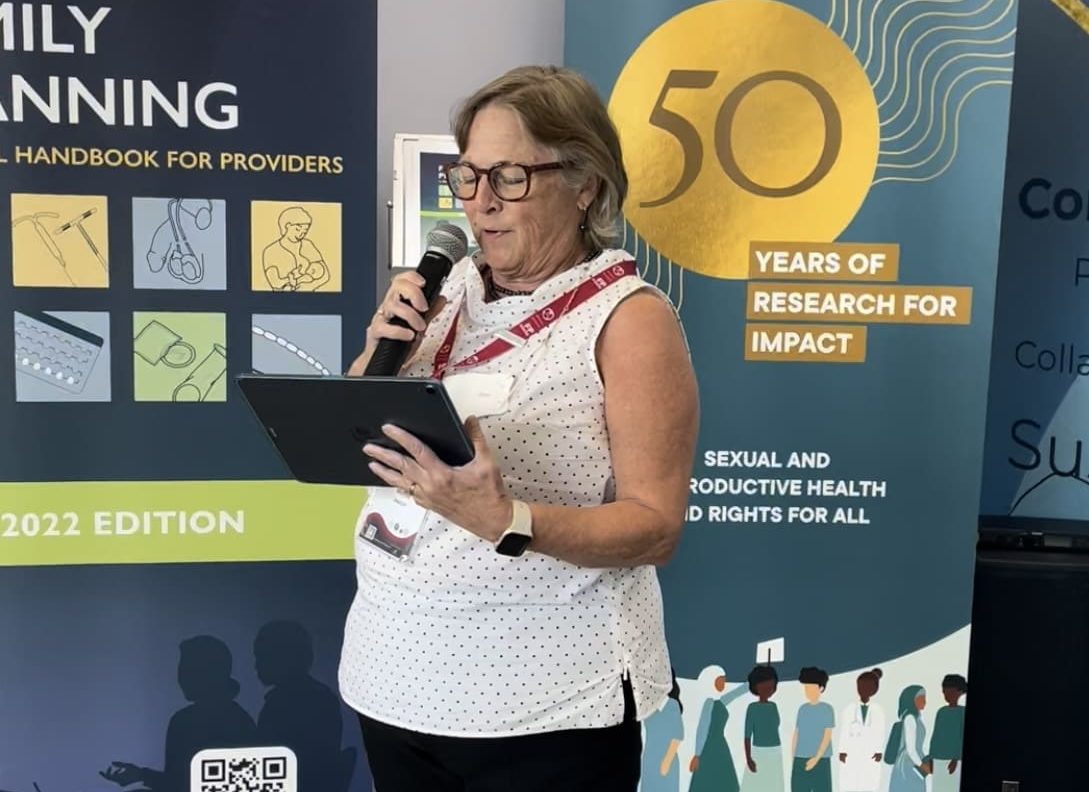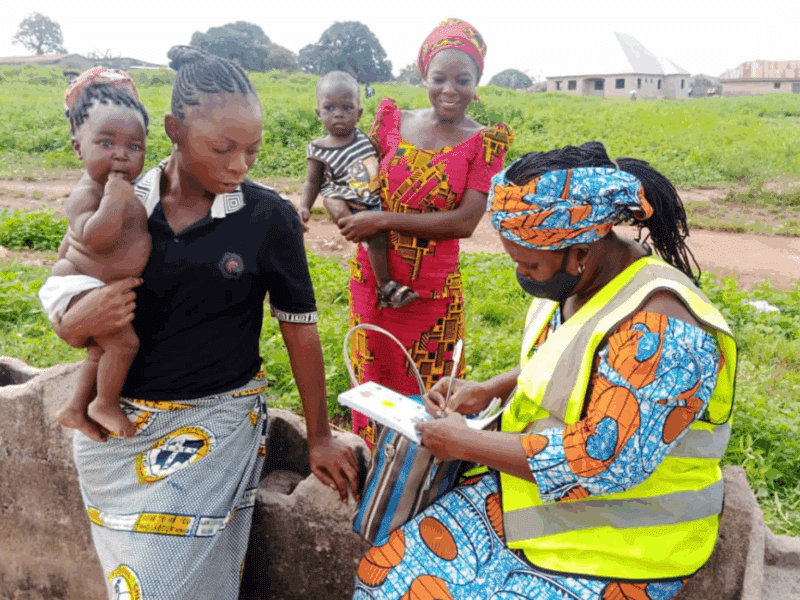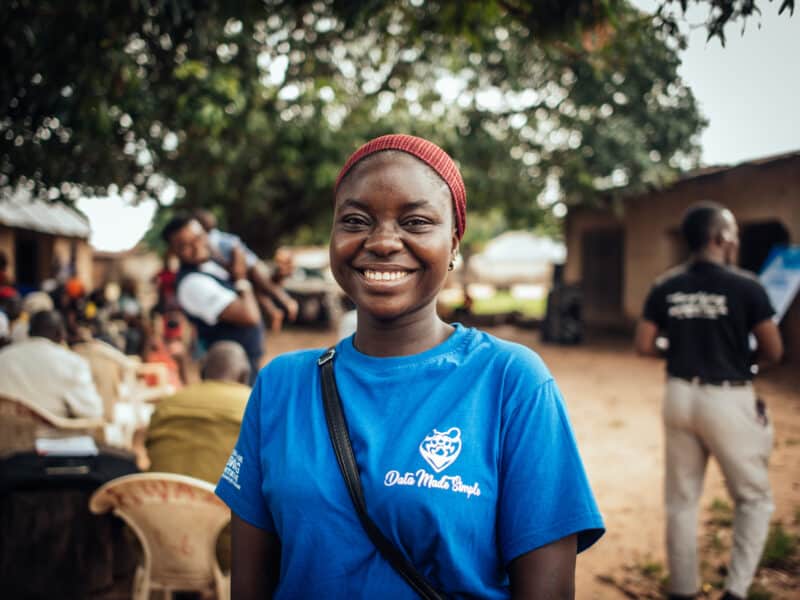Stembile Mugore, a nurse, midwife and public health professional, has worked with family planning providers across Africa for many years. And every time she delivers a copy of the Family Planning: A Global Handbook for Providers, she is met with smiles.
“I can tell you if there’s a resource that’s widely used by family planning providers, it’s the family planning handbook,” says Mugore, who now works with World Vision. “It is always a welcome resource. It contains up-to-date scientific information that helps service providers to have information in their hands … that is accurate, that is very simply presented.”
Mugore was one of several speakers on hand for the launch Tuesday of the fourth edition the family planning handbook, considered the essential family planning resource for health care professionals around the world. The event took place during the 2022 International Conference on Family Planning in Pattaya, Thailand.
Written in plain terms and organized for quick review, the Global Handbook was developed by hundreds of public health practitioners and scientists as a current and comprehensive source of evidence-based guidance on contraceptive methods and related health care in low- and middle-income countries. It provides basic information that providers can use to assist individuals and couples to choose, use, and change family planning methods as they move through their lives.
“The information gathered in this updated handbook confirms that almost any family planning method can be used safely by all women, and that providing most methods is typically not complicated,” says Ellen H. Starbird, director of USAID’s Office of Population and Reproductive Health. “Indeed, most methods can be provided even where resources are limited.”
With more than 625,000 copies distributed in three languages since the first edition was created in 2006, this fourth edition is being published jointly by the Johns Hopkins Center for Communication Programs and the World Health Organization (WHO), with support from the United States Agency for International Development (USAID) and its CCP-led Knowledge SUCCESS project. While the book itself is printed in Spanish, French and English, the website – which had been visited by nearly four million people – contains the complete handbook translated into 12 languages.
CCP’s Deputy Director Alice Payne Merritt said she remembers using a precursor tool – Essentials of Contraceptive Technology – as a graduate student in the 1980s which “speaks to the usefulness and longevity of the handbook.”
Since the 2018 edition, the handbook includes two new chapters. One chapter offers practical advice on providing family planning to women and girls in high HIV burden settings, and assures the global handbook remains in alignment with WHO recommendations. The other new chapter focuses on contraceptive service delivery considerations for frontline providers in the context of emergencies.
“We take great care to keep the handbook as up-to-date as possible,” says Pascale Allotey, director of sexual and reproductive health and research at the Human Reproduction Programme at the World Health Organization. “Our goal is to optimize safe and effective contraceptive choices.”
The handbook’s accompanying wall chart, Do You Know Your Family Planning Choices, is also available electronically and in printed format. More than one million copies of this wall chart have been distributed and it is currently available in eight languages online.
“I’m hopeful that the handbook will continue to be available in hard copy” long into the future, Mugore says, because there are still many providers around the world who don’t have access to the internet.





